Estimated reading time 10 minutes, 44 seconds.
From air and ground crews involved in endless operations and maintenance of search and rescue (SAR) aircraft, to the SAR technicians who often imperil their own lives to save others, the Canadian Armed Forces (CAF) SAR is an astoundingly complex and dedicated machine, executing its daily mission with such quiet professionalism that these heroes walk amongst us largely unnoticed and uncelebrated.
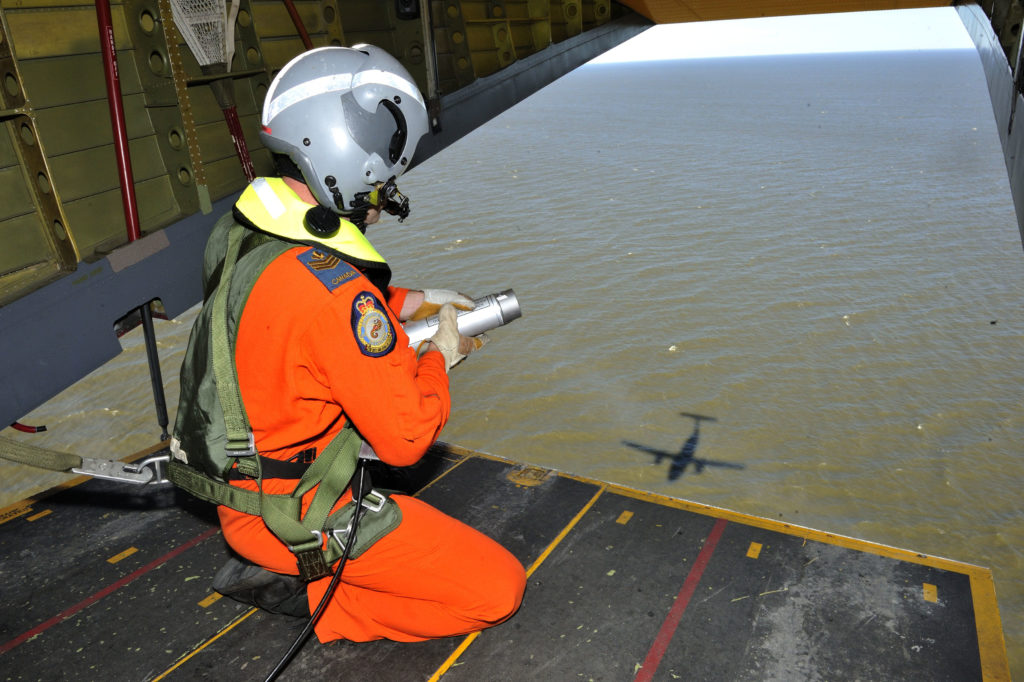
Yet the typical SAR mission that we have grown familiar with through the occasional news clip is a far cry from the reality facing those personnel in the SAR community.
“SAR is an incredibly multifaceted activity involving numerous federal, provincial/territorial, municipal and volunteer agencies,” noted Maj Kevin Grieve. “The public thinks only of yellow helicopters and orange jump suits but there’s so much more to it than this.”
As a veteran of the Royal Canadian Air Force (RCAF) for more than 30 years, he should know. The former bush-pilot turned SAR expert flew dozens of SAR missions out of 8 Wing Trenton, Ont., flying his CC-130 Hercules into some of the most remote regions throughout Canada searching for those in distress. At one stage in his career, Grieve left the skies behind for a ground job as a Joint Rescue Co-ordination Centre (JRCC) co-ordinator, monitoring and responding to distress signals as they came into the centre.
The rate of those distress calls boggles the mind. Each year, the three JRCCs log almost 10,000 cases.
But these statistics only begin to tell the exceedingly complicated narrative behind SAR in this country. Although no set of statistics can ever reveal SAR’s full story, this small community is one of the busiest and most operational groups in the CAF today.
Military SAR — Military lead with an interagency approach
“The nature of the search determines who has the lead in a SAR mission,” said Grieve. “The Government of Canada has mandated the responsibility for the search for missing aircraft in Canada to be that of the CAF with maritime SAR the mandate of the Canadian Coast Guard (CCG).”
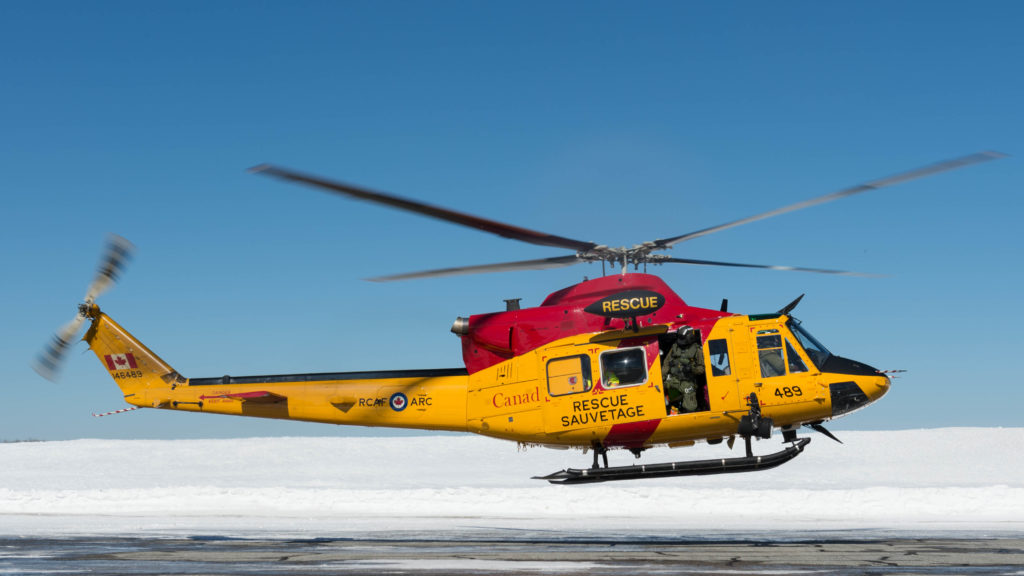
To simplify the process, the CAF has partnered with the CCG to stand up three Joint Rescue Coordination Centres (JRCC) which are responsible for the coordination of aeronautical and maritime SAR.
“Generally, other SAR within Canada that do not fall into either of these two categories will fall under the local police force of jurisdiction (i.e., RCMP or a municipal police force),” Grieve explained. “For example, if an airplane goes missing the CAF have responsibility for its SAR and it will be co-ordinated by the appropriate JRCC. If a fishing vessel puts out a mayday call, the CCG are responsible for its SAR and it will be co-ordinated by the appropriate JRCC which can involve military or civilian aircraft as well as CCG and/or civilian vessels in the area.”
To illustrate a local police force jurisdiction in a SAR mission: if a camper goes missing in rural Ontario, and the missing person is reported to the Ontario Provincial Police (OPP), the OPP will have the search lead and review their own assets first to conduct the search. If the OPP determine they do not have the capability to continue the search, they can request the assistance of the CAF through the JRCC.
The process then becomes multilayered.
“With all the players that can be involved in a search, one can begin to appreciate how each SAR mission is different and how numerous agencies and volunteers work together,” said Grieve. “Really, it’s about picking the right tool as a search evolves, but there has to be great co-operation and communication between all partners in the military and civilian SAR worlds. We can’t do this alone.”
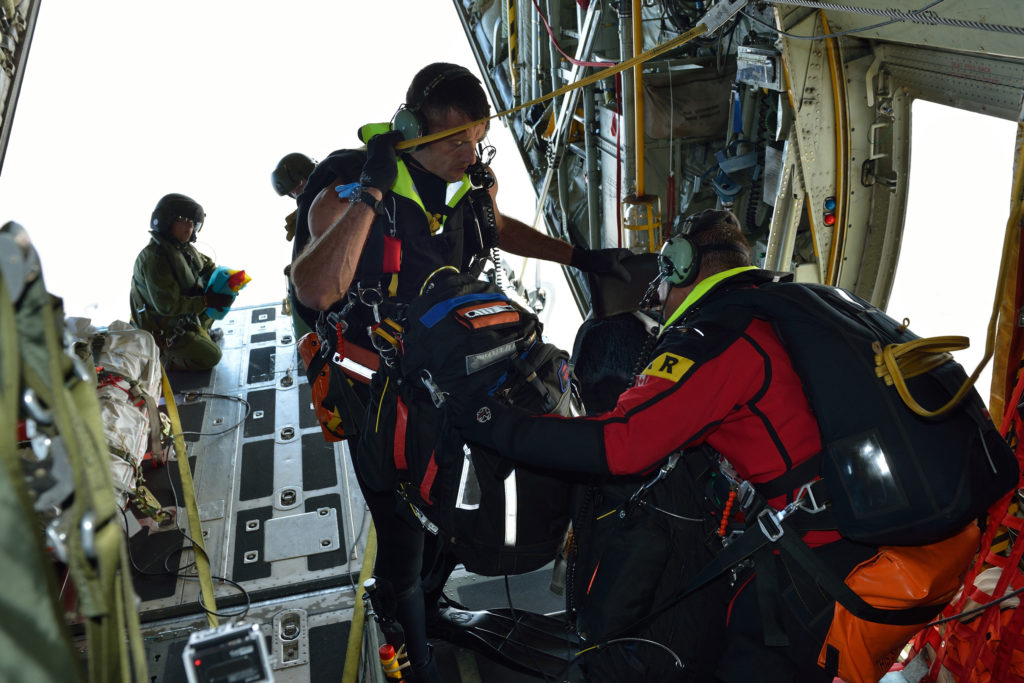
Volunteer engagement — Civil Air Search and Rescue Association (CASARA)
CASARA is a national volunteer organization funded by the Department of National Defence to assist the RCAF in its SAR mandate. There are 2,800 volunteer CASARA members from coast to coast, and they cover all 10 provinces and three territories. There are 104 zones responsible for providing search and rescue assistance.
“CASARA is vital to the overall SAR mission,” Grieve stated. “They extend our eyes and ears into the furthest reaches across the country, actively assisting us to help those people in danger. CASARA contributions are truly immeasurable and they are not to be underestimated in their skills and abilities.”
CASARA’s membership boasts pilots, navigators, spotters, search coordinators, electronic search specialists, radio operators and administration staff. They also have trained spotters who deploy on military aircraft, literally looking out of an aircraft window acting as a force multiplier.
SAR — Community of communities
Today, the military manages thousands of distress calls each year through the JRCC that co-ordinate RCAF and CCG responses. CAF personnel requested to physically assist local police forces of jurisdiction in searches for missing people are co-ordinated through the Canadian Joint Operations Command.
As distress calls come in from across Canada’s landmass, lakes, river systems and coastal regions, those duty personnel who receive the calls are peppered across the country in Halifax, Trenton, and Comox. And while it seems at first glance that the almost 10,000 distress calls the JRCCs receive every year is beyond the CAF’s capabilities, nothing is further from the truth.
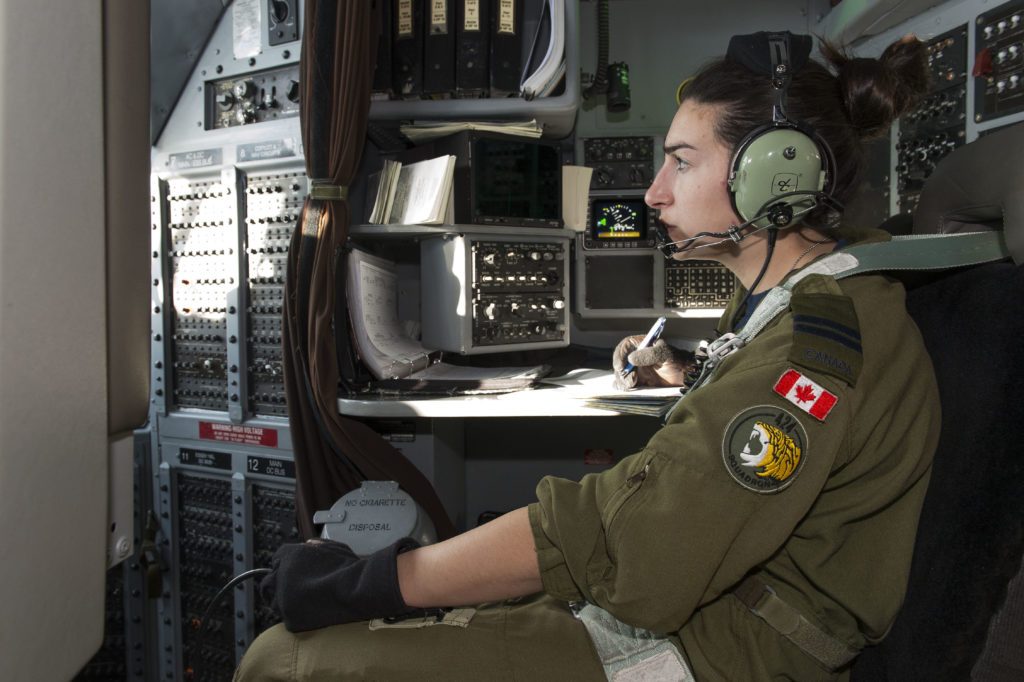
But no SAR mission is conducted in isolation either. And although the CAF deals with a relentless stream of distress calls and missions each day, these activities are typically conducted in co-operation with other SAR community actors.
Theirs is a unique calling — “so that others might live” — setting this group of professionals in a league of their own.
CAF SAR classifications
As SAR is practised across Canada today by the CAF, three broad categories are referred to which details the type of CAF SAR response to a distress:
- Aeronautical SAR (JRCC coordinates RCAF aircraft to search for missing aircraft).
- Maritime SAR (JRCC coordinates CCG and other maritime vessels, as well as RCAF aircraft, in the search for missing vessels.
- Humanitarian SAR (a SAR incident not aeronautical or maritime that requires a response by the CAF SAR system usually in response to a request from another agency. A common example of this is Ground SAR — a search for a missing person led by the local police force of jurisdiction).
Although the categories are broadly defined encompassing thousands of scenarios, the lead agency is based on the nature of the distress. For example, even though the CCG leads the maritime SAR mandate, they may call for an RCAF Cormorant helicopter to assist in a search for a missing boat off the coast of Nova Scotia since the CCG may not have the appropriate assets in-tow at the time of the distress. Likewise, a missing boater off Toronto’s waterfront would likely see the deployment of the Toronto Police Marine Unit since this municipal authority has the appropriate tools to quickly respond to the incident.
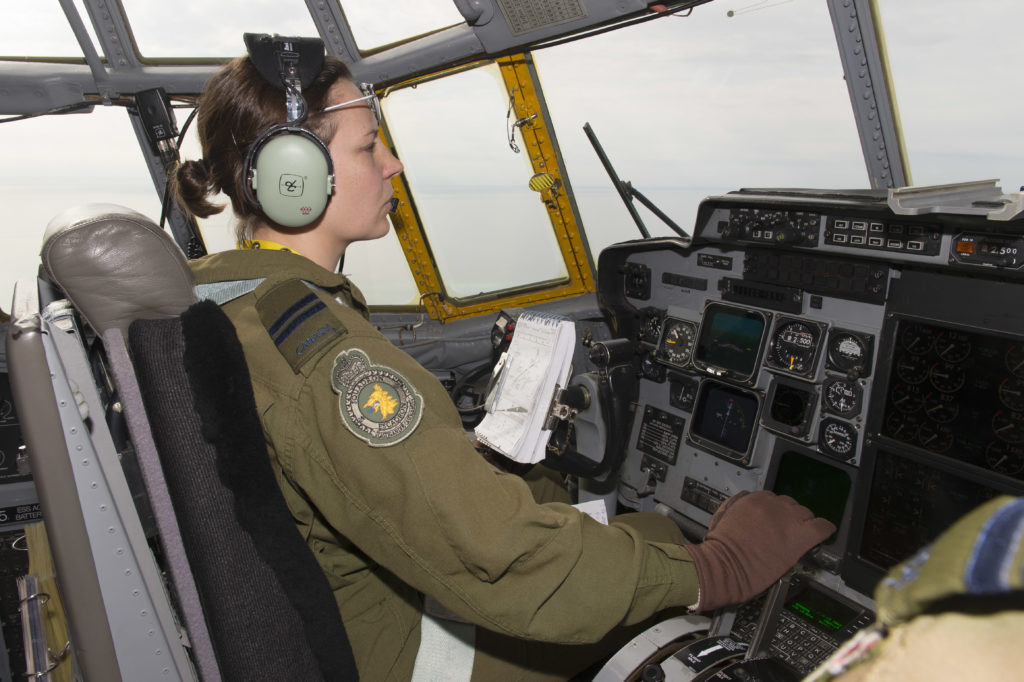
Military SAR — Historic overview of an aeronautical responsibility
Aeronautical search and rescue wasn’t a responsibility the Canadian government had considered prior to 1944. The commercial airline industry was in its infancy and although Canada and her allies were embroiled in a death struggle against the Axis powers, the end was near and international post-war planning took shape. An international aviation conference met that year to consider international participation in an agreement binding nations together to search for downed aircraft, irrespective of the plane’s country of origin. Canadian delegates attended and signed the International Civil Aviation Organization covenant on behalf of the people of Canada. The government deferred to the RCAF as lead search agency given its massive fleet of aircraft as it emerged from the Second World War.
At the time, the RCAF SAR function only included the “search” mandate. The “rescue” function wasn’t part of the RCAF mission although this gradually evolved over time to include the RCMP, provincial and municipal police forces as well as civilian volunteer agencies such as CASARA (Civil Air Search and Rescue Association). This explains the multifaceted agency approach to SAR today.








